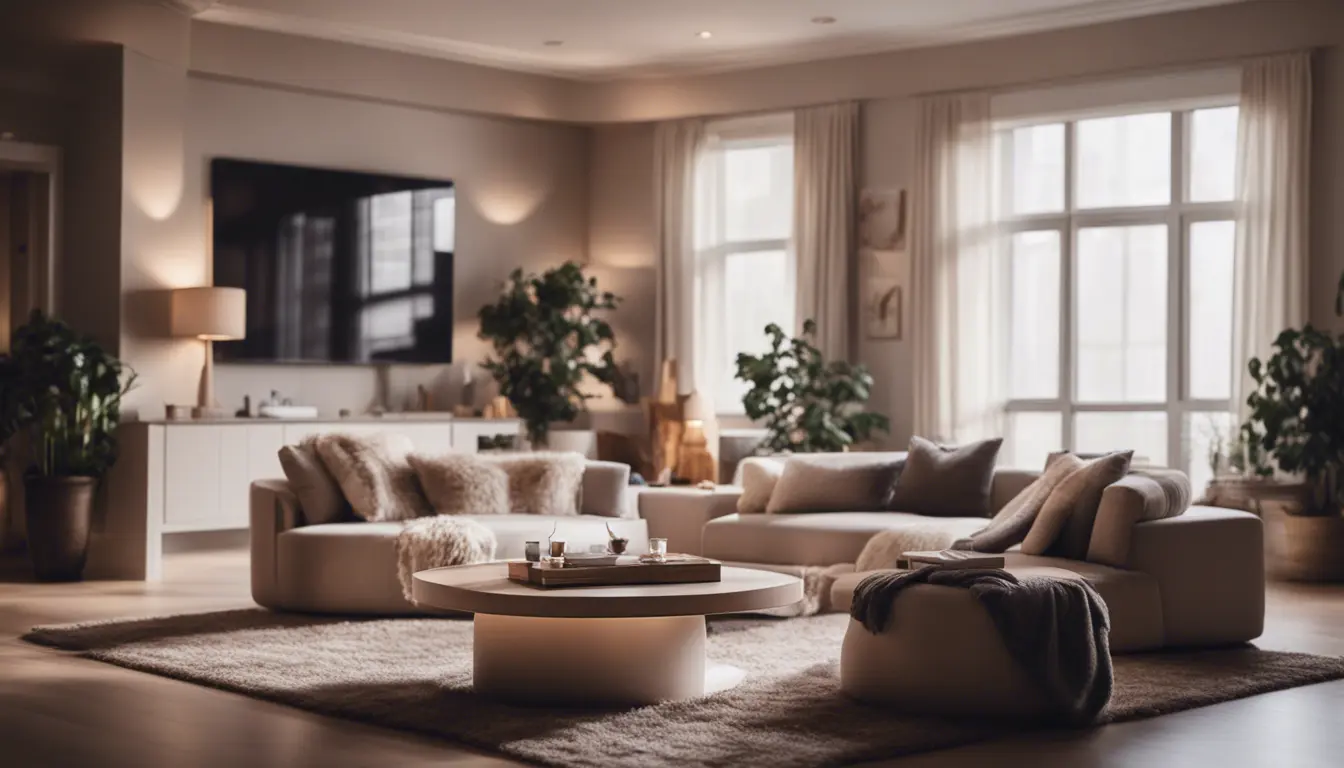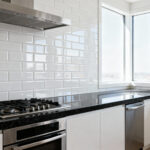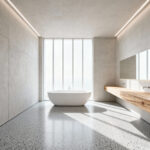Imagine walking into a living room that feels… inviting. The furniture is arranged in a way that naturally draws you in, making you want to sit down, relax, and start a conversation. This isn’t magic – it’s the result of thoughtful furniture placement that creates the perfect environment for socializing.
As a New York City-based lifestyle writer and urban trends analyst, I’ve seen firsthand how the arrangement of living room furniture can make all the difference when it comes to facilitating conversation and interaction. Studies show that 72% of homeowners believe interior design is important for creating a comfortable home. So, let’s dive into the key principles of arranging furniture to encourage those all-important conversation starters.

Identifying Conversation Areas
The first step in creating a socially engaging living room is to designate specific zones within the space designed for conversation and interaction. These “conversation areas” should be arranged to promote natural movement and a comfortable atmosphere.
When defining your conversation areas, consider the room’s traffic flow. You want to ensure there’s enough space for people to move around comfortably without feeling cramped or obstructed. Arrange your furniture in a circular or U-shape to encourage dialogue—research shows this layout can increase engagement by up to 20%.
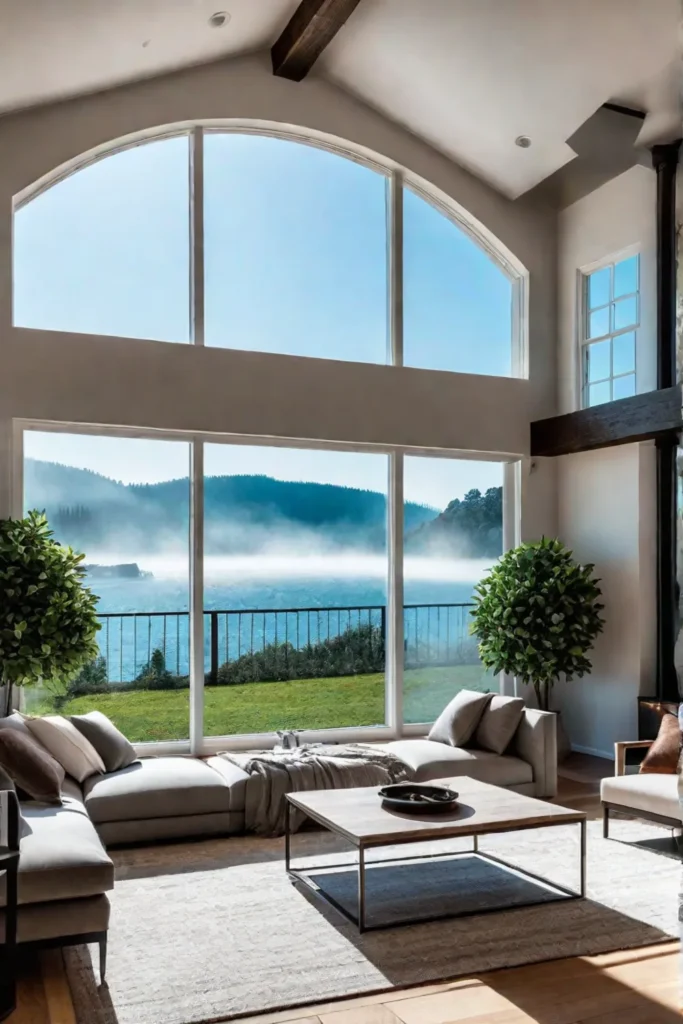
Identifying a focal point in the room, such as a fireplace or artwork. Arranging your conversation area around this focal point can help draw people together and create a natural gathering spot.
Grouping Furniture for Conversation
Once you’ve identified the conversation areas, it’s time to start arranging the furniture. The key is to create intimate, engaging settings that facilitate dialogue. This means grouping your furniture pieces to encourage people to face each other and interact.
For example, you might arrange a sofa and two armchairs around a coffee table or position a pair of loveseats facing each other with a small table in between. The goal is to create a cohesive, visually appealing grouping that feels inviting and conversation-friendly.
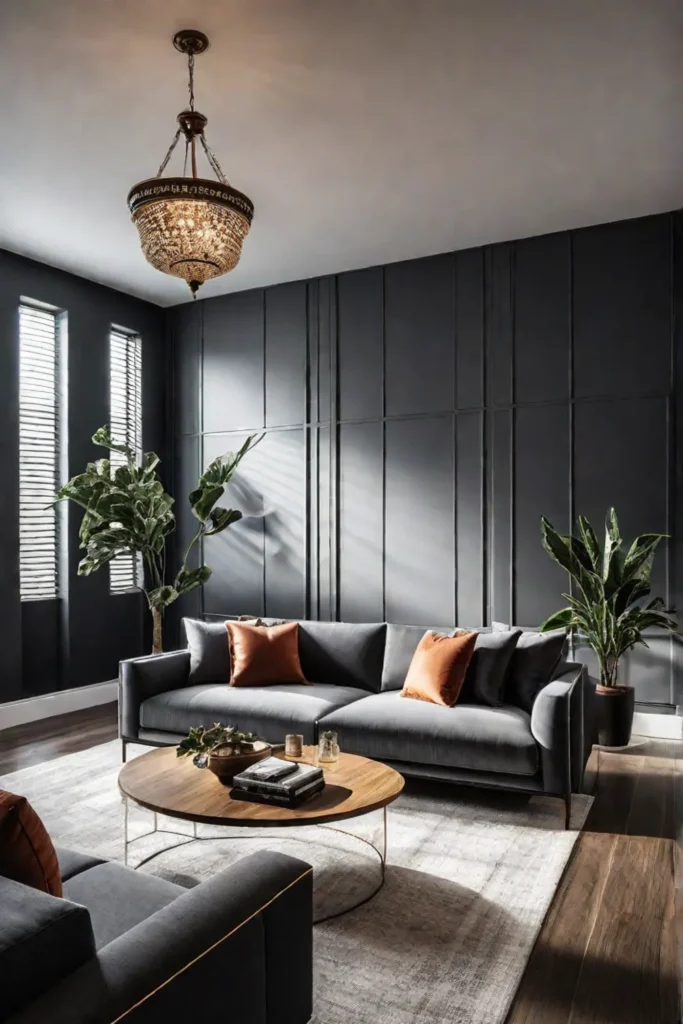
Remember to consider the scale and proportion of your furniture. Mismatched or disproportionate furniture can disrupt the room’s flow and make it feel less welcoming. Aim for a balanced, harmonious arrangement that draws the eye and people in.
Enhancing Traffic Flow
Smooth traffic flow is essential for creating a living room that supports social interaction. You want to ensure people can move around the space easily without feeling like they’re navigating an obstacle course.
Start by identifying the main walkways and pathways in the room. Avoid placing large furniture pieces or obstacles in these high-traffic areas. Instead, use furniture placement to guide the flow of movement, directing people toward your conversation zones.
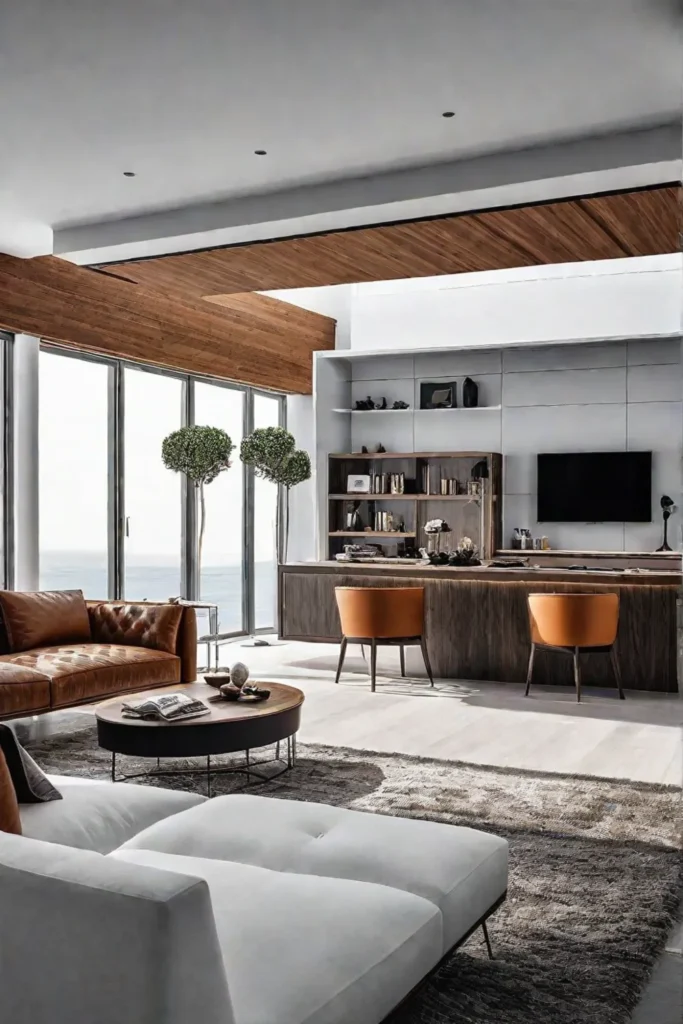
Lighting can also enhance traffic flow. Strategically placed lamps and overhead fixtures can illuminate walkways and create a sense of openness, making the space more inviting and easy to navigate.
Incorporating Focal Points
Focal points are the anchors of a living room, drawing the eye and creating a sense of cohesion within the space. When arranging your furniture, incorporate one or more focal points to help unify the design and guide the flow of conversation.
Fireplaces, large windows, or statement pieces of artwork can all serve as effective focal points. Arrange your seating around these elements, ensuring that they’re the room’s visual centerpiece. This makes the space more visually appealing and encourages people to gather and engage with one another.
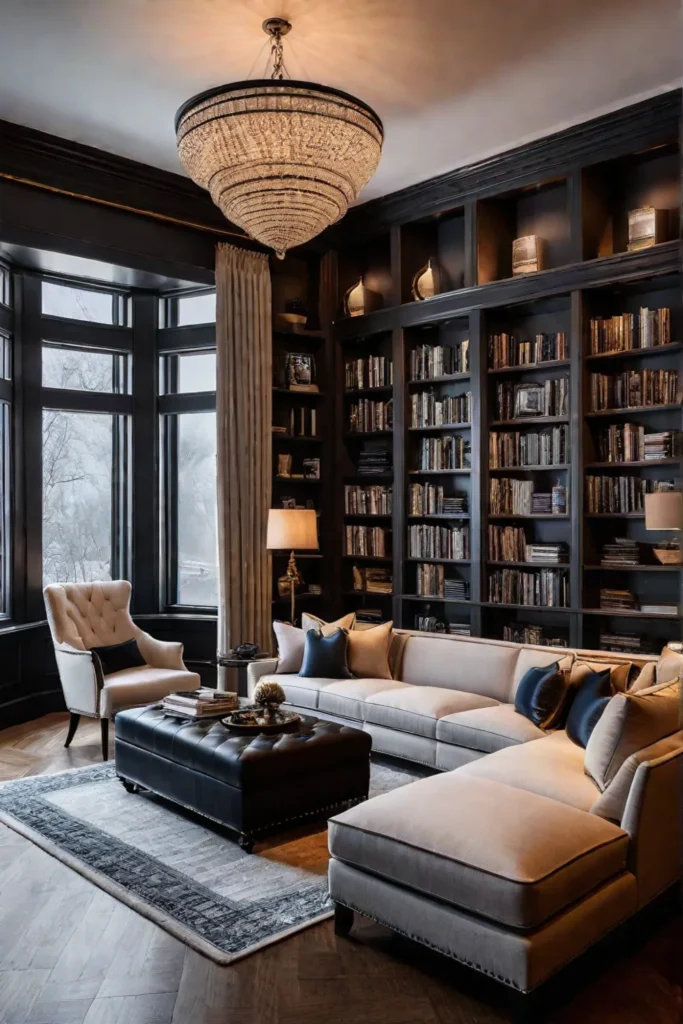
Remember to balance your focal points, though. Too many dominant focal points can create a cluttered and overwhelming atmosphere, so aim for a harmonious distribution of visual interest throughout the room.
Adaptability and Flexibility
Finally, consider designing your living room furniture arrangement with adaptability and flexibility. After all, your social needs and group sizes can vary, so it’s important to have a space that can accommodate a range of scenarios.
Modular furniture, such as a sectional sofa or a set of movable ottomans, can be rearranged to suit different social activities. Similarly, versatile layouts that can be easily adapted, like a circular seating arrangement or a U-shaped configuration, allow you to transition seamlessly between intimate conversations and larger gatherings.
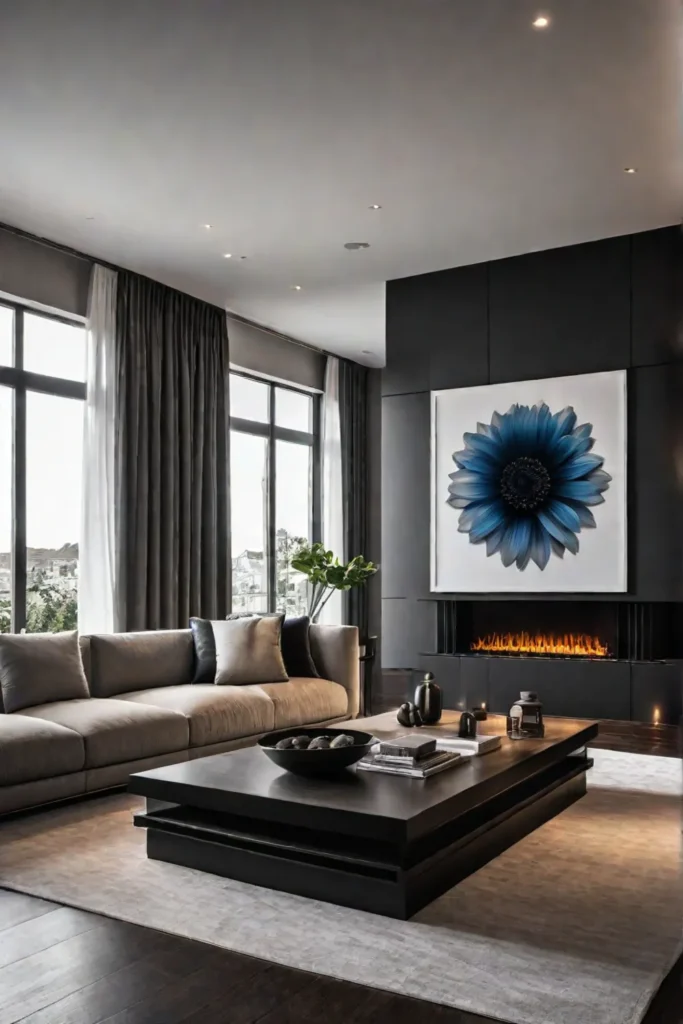
Incorporating multi-functional pieces, like a coffee table with hidden storage or a foldable dining table, can also enhance your living room’s adaptability. These clever design solutions ensure that your space remains flexible and ready to host a variety of social interactions.
Conclusion
Arranging living room furniture for optimal social flow is about creating a welcoming and inviting environment that encourages conversation and interaction. Considering factors like conversation areas, furniture grouping, traffic flow, and focal points, you can transform your living room into a space that brings people together and fosters meaningful connections.

So, the next time you rearrange your living room, remember these principles. Experiment with different layouts, play with furniture groupings and be creative. After all, the ultimate goal is to create a space that feels like a natural conversation starter – a place where friends and family can gather, relax, and enjoy each other’s company.
